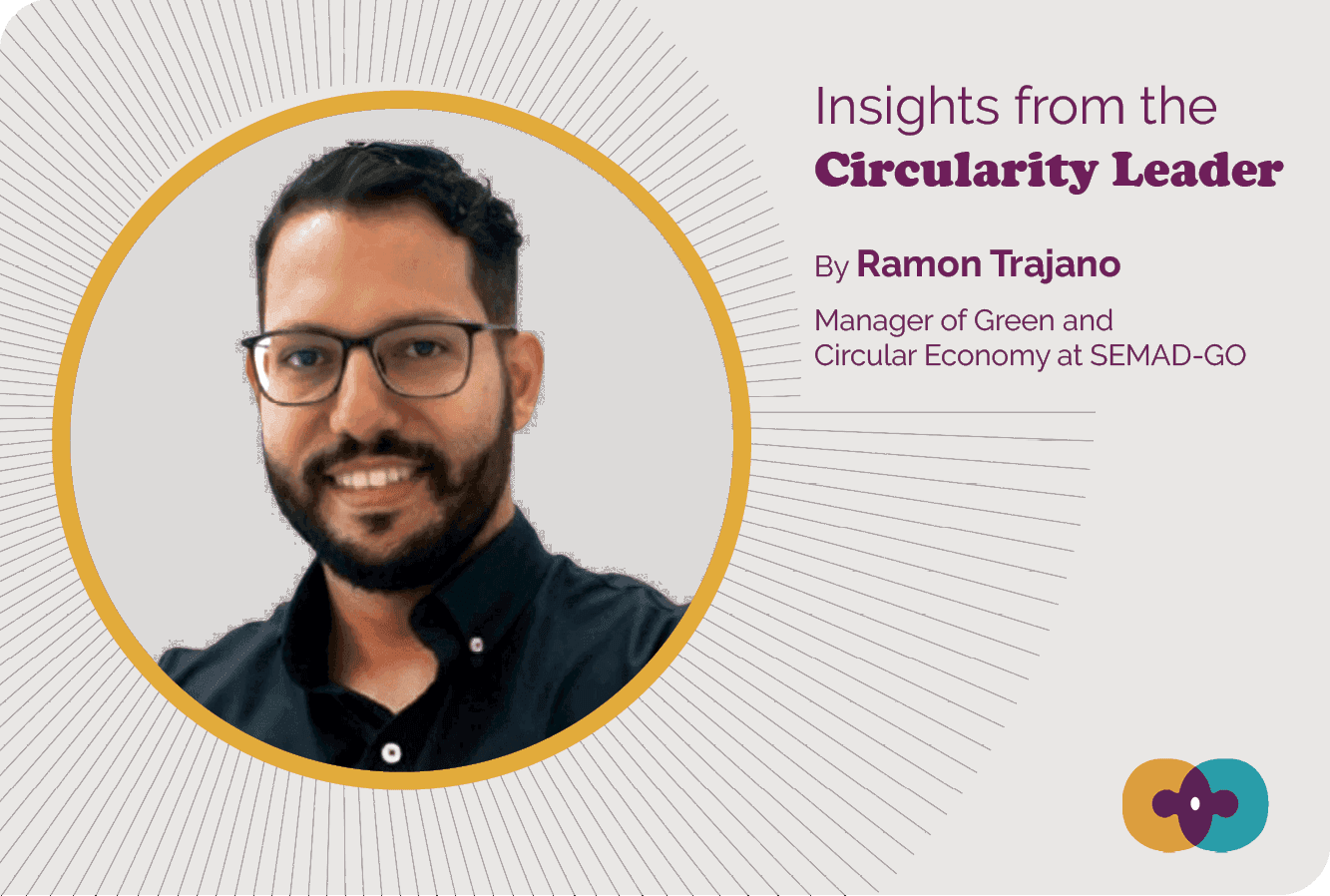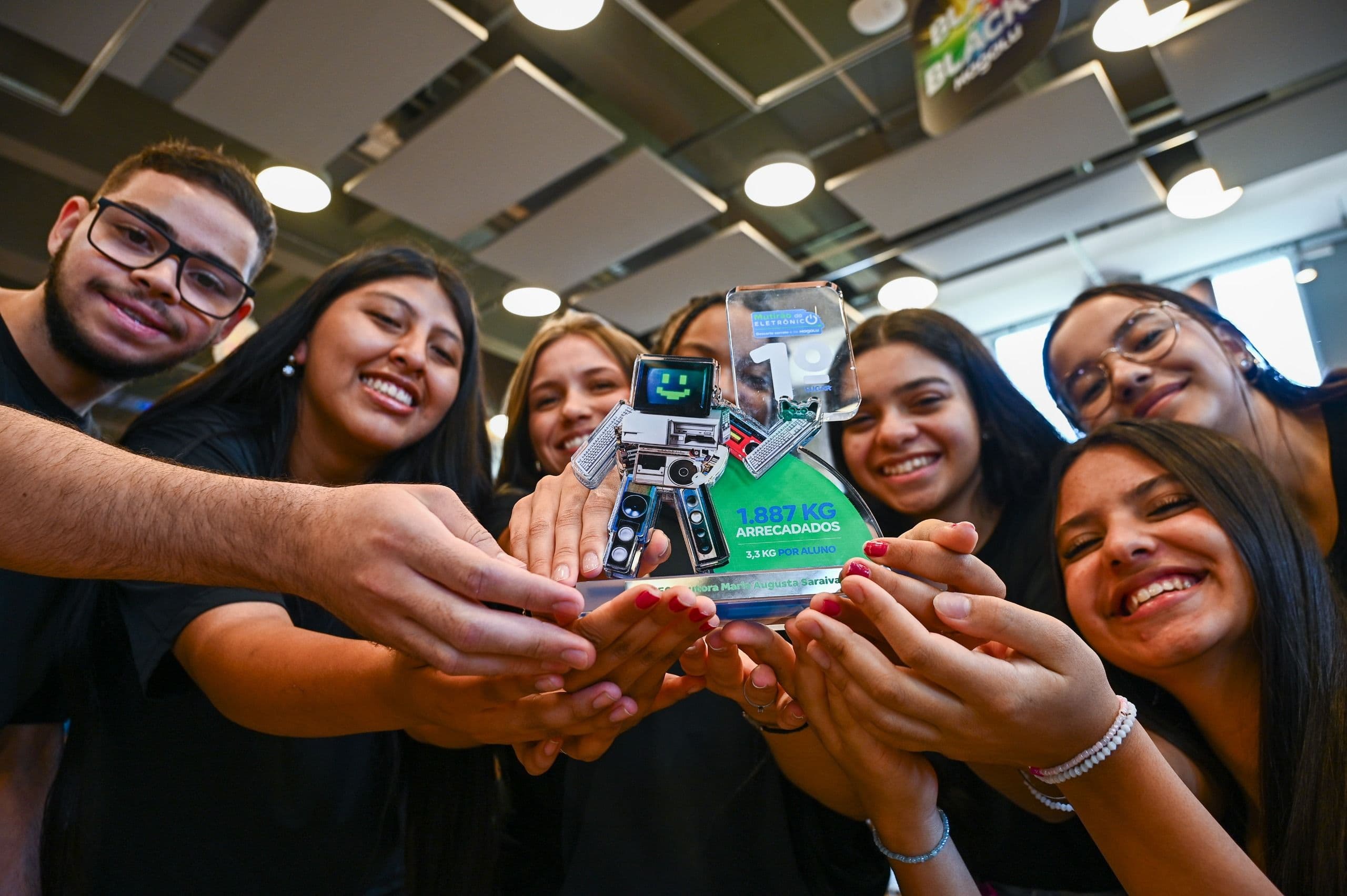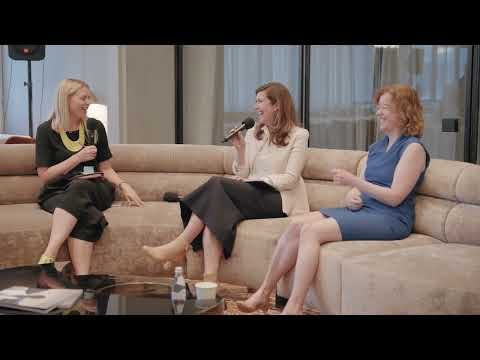
30/09/2025
Sustainable development and circular solutions in Brazil’s Cerrado
*By Ramon Trajano, State Secretariat for the Environment and Sustainable Development of Goiás
What inspires me in the circular economy and the socio-bioeconomy is not only innovation or economic figures. What drives me is the possibility of transforming lives, of generating economic gains in alignment with environmental conservation and the strengthening of social aspects. It is this combination that gives meaning to public policies: when we are able to connect development, care for the environment, and social inclusion, we create a fairer and more sustainable future.
During my participation as a panelist in Panel No. 4 of the II International Conference on Solid Waste and Sanitation (CIRSOL), I shared pioneering experiences from Goiás that showed the audience how well-structured public policies can generate concrete and impactful results.
Among these initiatives, I highlight the Goiás Pact for Circular Economy and Sustainability, an alliance that brings together government, the private sector, academia, and civil society to accelerate Goiás’ transition toward a circular, regenerative, and inclusive economy. The pact is integrated into the State Policy for Circular Economy, ensuring that concrete actions are aligned with the guidelines and goals already established by the State. In practice, it encourages the adoption of circular models in businesses and daily life, strengthens environmental policies and regulations, mobilizes sustainable investments, and promotes education and societal engagement.
One of the central points of the pact is the active engagement of all stakeholders involved. Companies, cooperatives, academic institutions, and civil society organizations take part in building and implementing actions, contributing with experiences, innovation, and best practices. Communication strategies, training, and environmental education ensure that knowledge is disseminated and that more stakeholders can join circular solutions, strengthening the collaborative network.
More than that, the pact represents the first step toward developing a State Circular Economy Plan, built with the effective participation of stakeholders truly committed to transforming the state. In short, it turns the vision of the circular economy into concrete results, connecting everyone around sustainable, integrated development with immediate impact in Goiás.
Another emblematic example is the Sociobiodiversity Seal, which values biodiversity, culture, and traditional knowledge in Goiás, strengthening productive chains that generate income and give visibility to food, handicrafts, and wellness products that respect local communities. Our experience with strategic public calls reinforces this pioneering spirit: we support cooperatives and associations of sociobiodiversity producers in structuring proposals, training, and project monitoring, as well as civil society organizations focused on recycling and reusing materials. These actions not only strengthen the local economy but also demonstrate Goiás’ ability to turn policies into concrete results.
Goiás’ leadership in the Cerrado is the result of a clear strategy by the State Secretary for the Environment and Sustainable Development of Goiás, Andréa Vulcanis, who structured the Secretariat with a specific division dedicated to the green and circular economy. While in many states this topic is still diluted across other departments, this organization allows Goiás to implement innovative policies in a coordinated way, leading pioneering initiatives, anticipating national agendas, and serving as a reference for other states.
Looking to the future, I believe Goiás will become a national reference for the Cerrado biome and a pioneer in the ecological transition. More than just implementing policies, our challenge is to show that the richness and vulnerability of the Cerrado require sustainable, integrated solutions, capable of generating social, economic, and environmental impacts simultaneously.
*This text was automatically translated with the help of artificial intelligence and reviewed. Still, there may be slight differences compared to the original version in Portuguese.
*Ramon Trajano is a civil engineer and Manager of Green and Circular Economy at SEMAD-GO. With a postgraduate degree in project management, he leads initiatives that integrate economic development, innovation, and socio-environmental responsibility. He works on circular economy and socio-bioeconomy actions, valuing environmental and cultural assets of the Cerrado.
Discover more
In the same subject:

Magalu’s Electronic Drive sends 87 tons of waste for recycling in São Paulo
Carried out in partnership with Circular Movement, the Magalu initiative combined teacher training, community mobilization and reverse logistics to expand the proper disposal of electronics.
